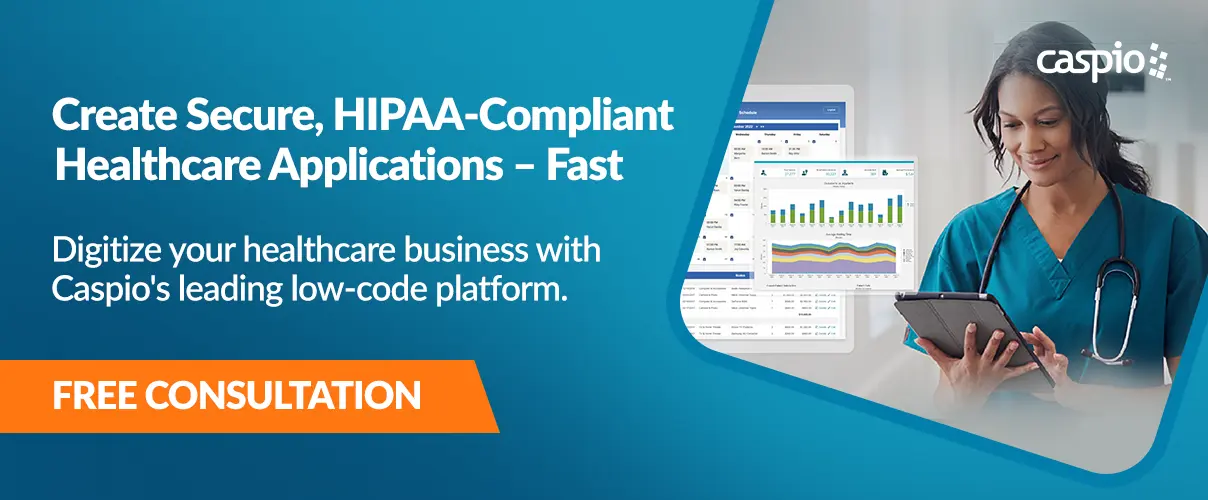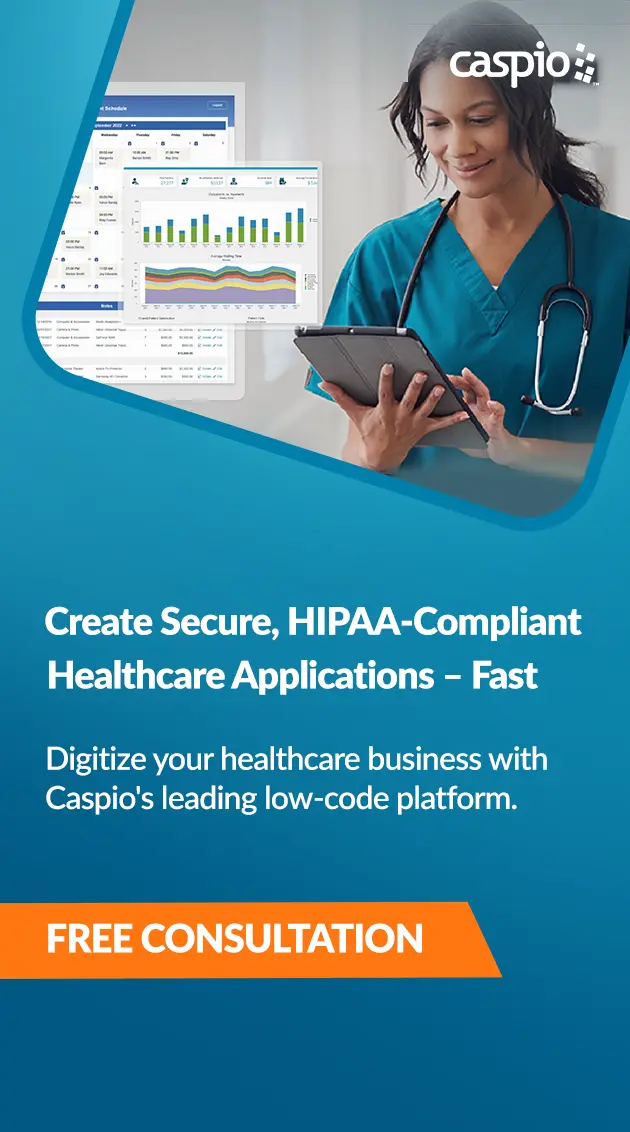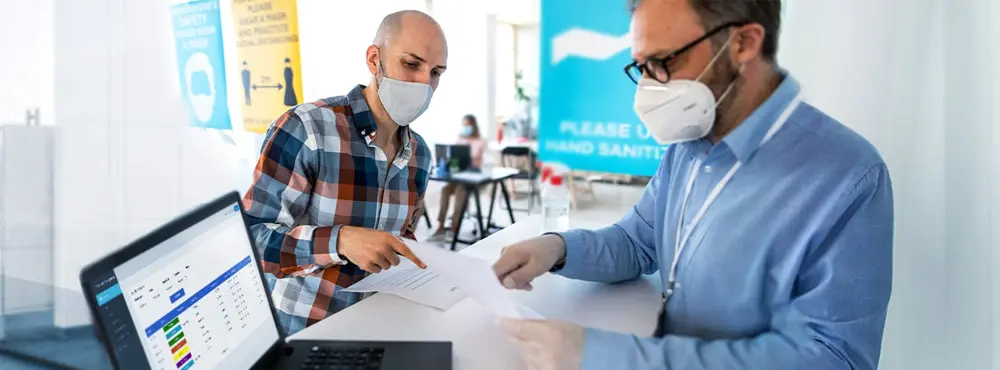Top 4 Healthcare IT Predictions for 2017
December 6, 2016

In its recent Worldwide Healthcare IT 2017 Predictions report, IDC found that while the worldwide illness burden continues to increase, most healthcare organizations lag behind relying on outdated legacy technology. IDC identifies major shifts in how the healthcare industry is being governed and operated, especially in the area of healthcare IT.
What is driving the direction of healthcare technology? Below are some of IDC’s top healthcare IT predictions for 2017:
1. In 2017, patient engagement will jump from passive to active.
In 2015, the U.S. Department of Health and Human Services released an annual report advising that healthcare professionals be trained to be culturally competent and health literate for more effective patient engagement. Several studies also suggest that patients who are actively engaged in their health can better comprehend the causes of illness, take preventative measures, and make informed decisions about treatment plans. IDC foresees that active patient engagement will continue to rise in 2017 and beyond.
2. By 2019, 60% of healthcare apps will utilize real-time location (RTL) data to free up clinicians’ time by 30%.
Nowadays, RTL systems are known to track valuable healthcare data and assets – location, speed, stationary time, temperature – to monitor health issues, save time, and improve health outcomes. For example, the Josie Robertson Surgery Center in New York City uses an RTL system for admission purposes. RTL data such as patient wait times, surgery schedules, bed availability, staff identification, and location are automatically collected. The system will then alert clinicians when a room is ready to be turned over. Moving forward, more healthcare facilities will leverage these systems to increase efficiency.
3. By 2020, data from wearable devices will increase patient engagement by 20%.
The future of wearable devices is quite promising across many industries. For example, Dartmouth University conducted one of the very first wearable device studies, tracking students’ mental health and behavioral trends in response to college workload. Today, healthcare professionals are examining how a new generation of wearables can enable better patient-centered care, data analysis, and active patient engagement.
4. By 2018, security attacks on healthcare organizations will double.
Cyber criminals increasingly prey on hospitals and healthcare organizations. So far, 272 healthcare data breaches have been reported to the Office of Civil Rights (OCR). Because healthcare data is a goldmine of personally identifiable patient information, cyber crooks will continue to target this data into the future.
These healthcare IT predictions suggest that healthcare organizations need to invest in platforms that drive digital transformation. However, the technology platforms available to the healthcare market must adhere to strict security and compliance requirements mandated by the Health Insurance Portability and Accountability Act (HIPAA).
Caspio provides all the required HIPAA safeguards to build cloud applications in a secure and compliant environment. To learn more about Caspio’s HIPAA-Compliant Edition, request a free consultation with a product expert.













